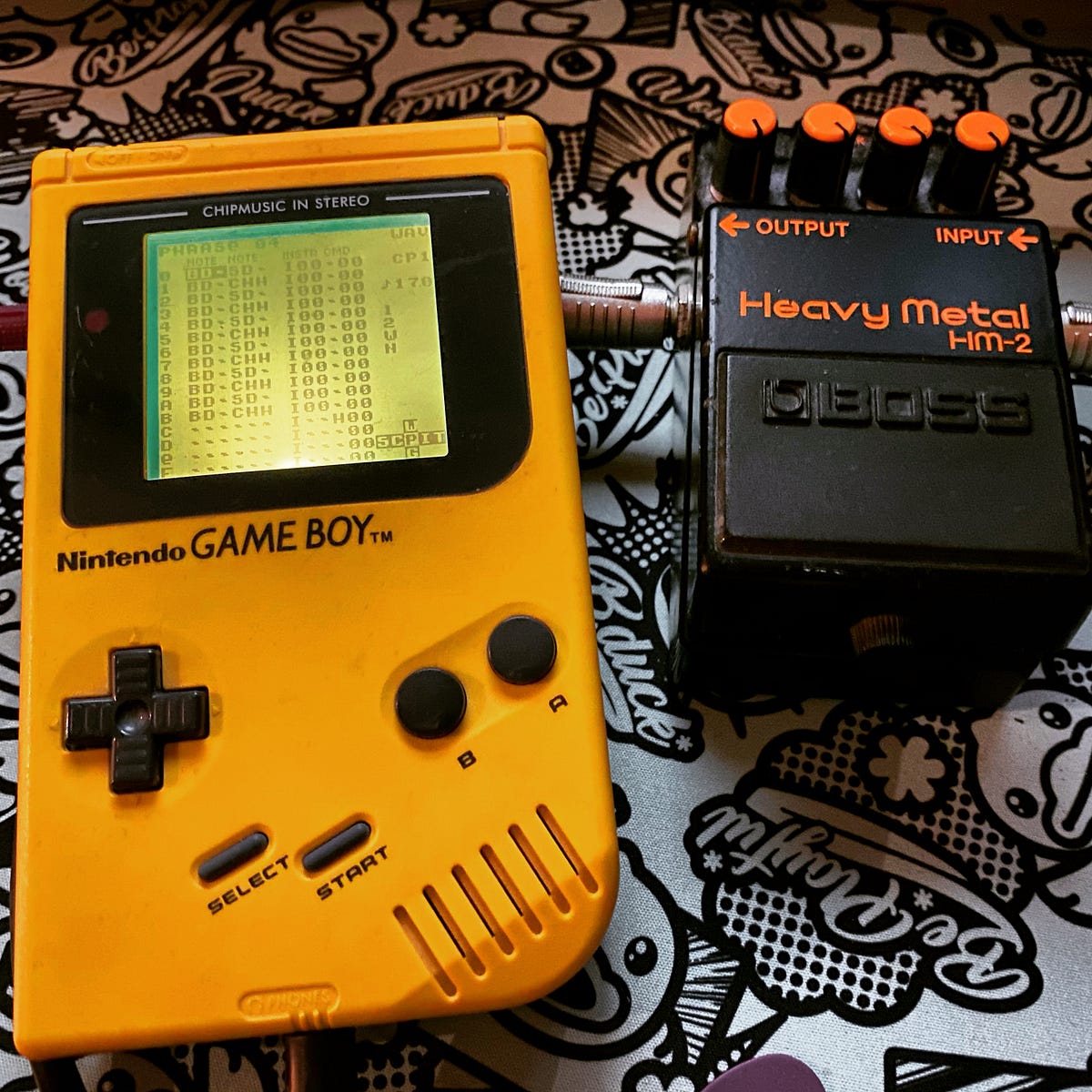
To learn more about progressbar2, see this link. Here’s another example, where the progress bar slides back and forth until the loop is finished. For example, we can generate a minimalistic bar that shows just the percentage of how far the process has gone along. The progressbar2 package offers a collection of other progress bar types. This can be useful at letting you know how much time has elapsed while a piece of code is running.īar = progressbar.ProgressBar(max_value=progressbar.UnknownLength) Here, we have a while loop that runs continuously until the seconds of the current time equals 30. For example, let’s take a look at the below code. Progessbar2 also handles progress bars with unknown length. We can replicate our example above using progressbar2 instead of tqdm.ĭata =
Make new audio bar python install#
Similar to above, we can install progressbar2 using pip: The progressbar2 packageĪnother option is to use the progressbar2 package. You can learn more about tqdm by checking out its documentation here. Tqdm can also be utilized in asynchronous processes. In this case, we use tqdm to give us the progress status of scraping price data for a collection of stocks. Tqdm can also be used in list or dictionary comprehensions, like below.

Then, when the code runs, Python will print out a progress bar so that you can know how far along you are. any object that is iterable) inside tqdm.

Essentially, we just need to wrap whatever object we’re looping over (i.e. Once we have tqdm installed, it’s straightforward to use. Creating a progress bar with Python’s tqdm package In this post we’ll talk about two packages for creating progress bars in Python: tqdm and progressbar2. Creating a progress bar is really useful if you have a long-running task and you’d like to know how far along you are.


 0 kommentar(er)
0 kommentar(er)
